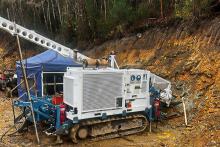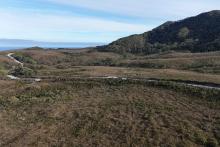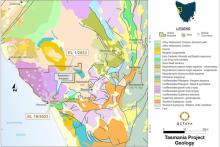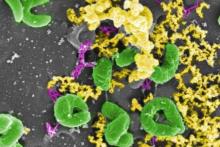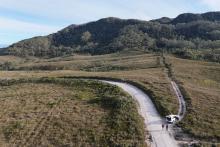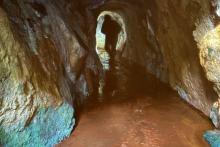Octava Minerals will launch aircore drilling next week at its Byro Critical Minerals Project in WA’s Gascoyne region, following outstanding bioleaching test results which showed recoveries of up to 85% rare earths, 92% lithium, and 78% vanadium. Octava has planned an 18-hole, 1000m program that, pending final approvals, will target a maiden resource via testing of high-grade zones in the host Coyrie Formation.

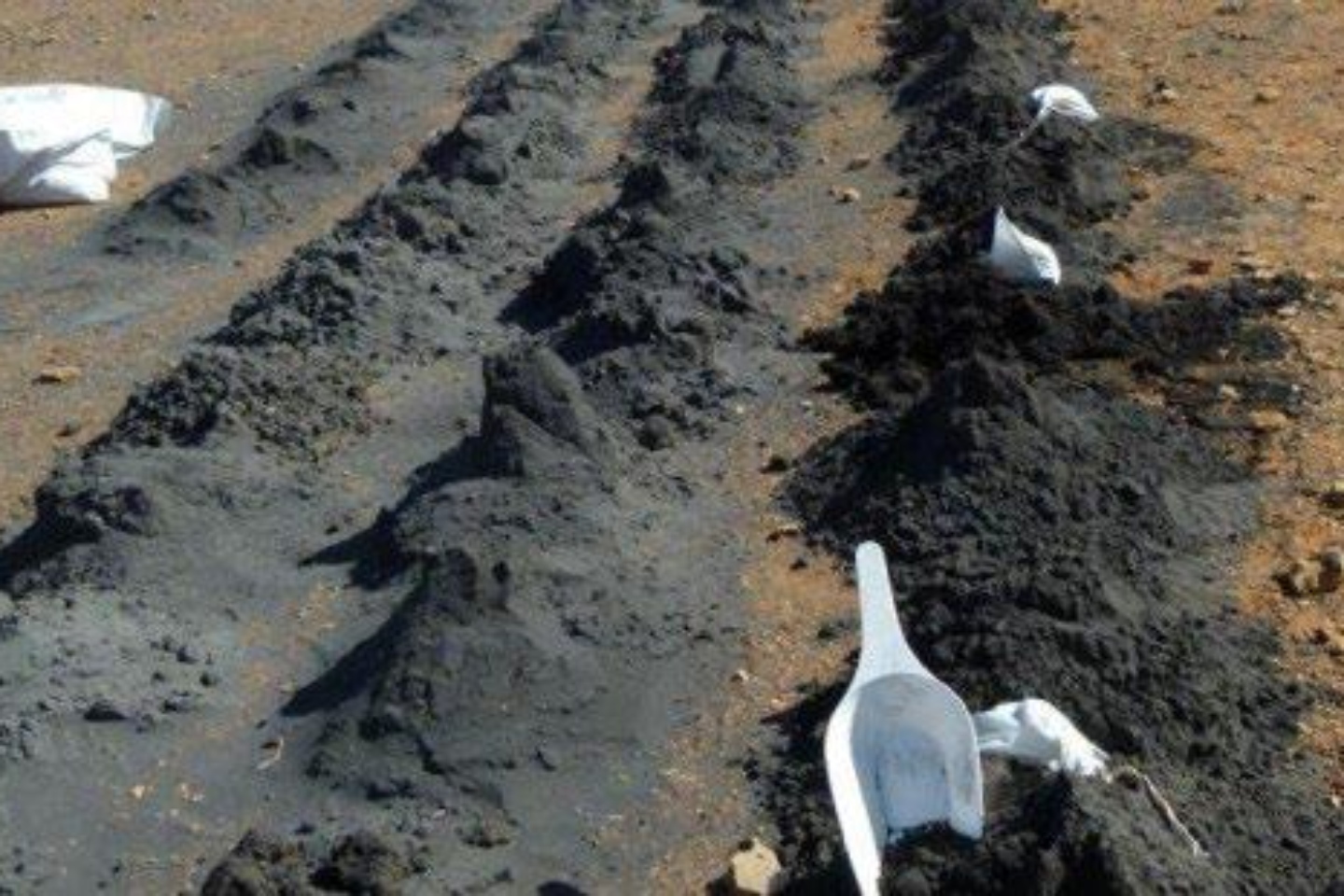
Octava Minerals will launch aircore drilling next week at its Byro Critical Minerals Project in WA’s Gascoyne region, following outstanding bioleaching test results which showed recoveries of up to 85 per cent rare earths, 92 per cent lithium, and 78 per cent vanadium.
Octava has planned an 18-hole, 1000 metre program that, pending final approvals, will target a maiden JORC-compliant resource via testing of high-grade zones in the host Coyrie Formation.
The Coyrie Formation is a mineralised basal unit of the Byro Group known for its elevated grades of critical minerals including rare earth elements, lithium and vanadium.
The drilling will span a 10 kilometre x 8km area on a 2km x 2km grid, centred around two diamond drill holes sunk previously by Octava which provided samples for its recent bioleaching testwork, results from which were announced to ASX earlier this month.
Drill holes will average 55 metres depth, with the program aiming to confirm higher-grade zones and gather additional fresh material for scaled-up metallurgical trials.
The imminent resource drilling campaign was flagged after Octava’s recent receipt of the high metallurgical bioleaching recovery test results from the Commonwealth Scientific and Industrial Research Organisation (CSIRO).
The CSIRO results demonstrated excellent bioleach recoveries of up to 85 per cent for total rare earth oxides (TREO) - including 68 per cent neodymium, 67 per cent praseodymium and 65 per cent dysprosium alongside 92 per cent for lithium and 78 per cent for vanadium.
Those particular rare earths elements are highly-valued for their employment in the manufacture of powerful permanent magnets with the end market focused mainly on the construction of electric motors for the electric vehicle market and many other modern electrical devices.
The CSIRO results complement those from previous bioleaching testwork achieved by European Bio-mining consulting firm BiotaTec on the same Byro material.
Located about 220km southeast of Carnarvon, the Byro project covers 555 square kilometres across two exploration licences.
Historical exploration, including soil sampling by the Geological Survey of Western Australia and drilling in 2018 by Pioneer Resources, identified anomalous rare earths and lithium over a remarkable strike distance of 40km, with results from the Coyrie Formation outshining those from the overlying Bulgadoo Shales.
Those geochemical trends are supported by Octava’s recent diamond drilling results and the testwork, helping to direct the focus of the current program.
Octava’s Managing Director Bevan Wakelam stated: “We are looking forward to commencing drilling at Byro. Historical exploration has provided us with glimpses as to the potential size of Byro. The black shale hosting the rare earths and & lithium has been intersected in drilling over 25km of strike, so we believe there is big potential.”
The $500,000 drilling program, funded from Octava’s $2.5 million cash reserves, will support a planned scoping study by year-end to map out project development.
The multi-commodity aspect of the potential resource, high recoveries, project proximity to Geraldton Port and the Northwest gas pipeline and in-place Native Title agreements, all serve to enhance the viability of the project.
Bioleaching employs microbes to extract minerals at ambient temperatures, and can offer a low-cost, eco-friendly alternative to typically-used acid-based dissolution methods and can potentially cut reagent costs by up to 90 per cent, a key edge in meeting ESG (environmental, social and governance) standards.
The project’s multi-commodity profile plainly aligns with global demand for battery minerals and the “magnet” metals, although some challenges remain in scaling bioleaching commercially and navigating the rare earths market volatility.
The imminent drilling will be a pivotal next step for Octava, building on and hopefully confirming the company’s recent metallurgical breakthroughs. Success could position Byro for offtake or joint venture interest, especially as Western nations push for non-China supply sources
Through early targeting of the host Coyrie Formation’s higher-grade zones, Octava aims to establish Byro as a significant player in Australia’s critical minerals sector by exploiting innovative, sustainable, eco-friendly and potentially lower-cost processing to extract value from the project.
Octava’s upcoming Byro drilling is a crucial move to define a potentially massive resource that could strengthen Australia’s critical minerals standing.
Is your ASX-listed company doing something interesting? Contact: matt.birney@businessnews.com.au





